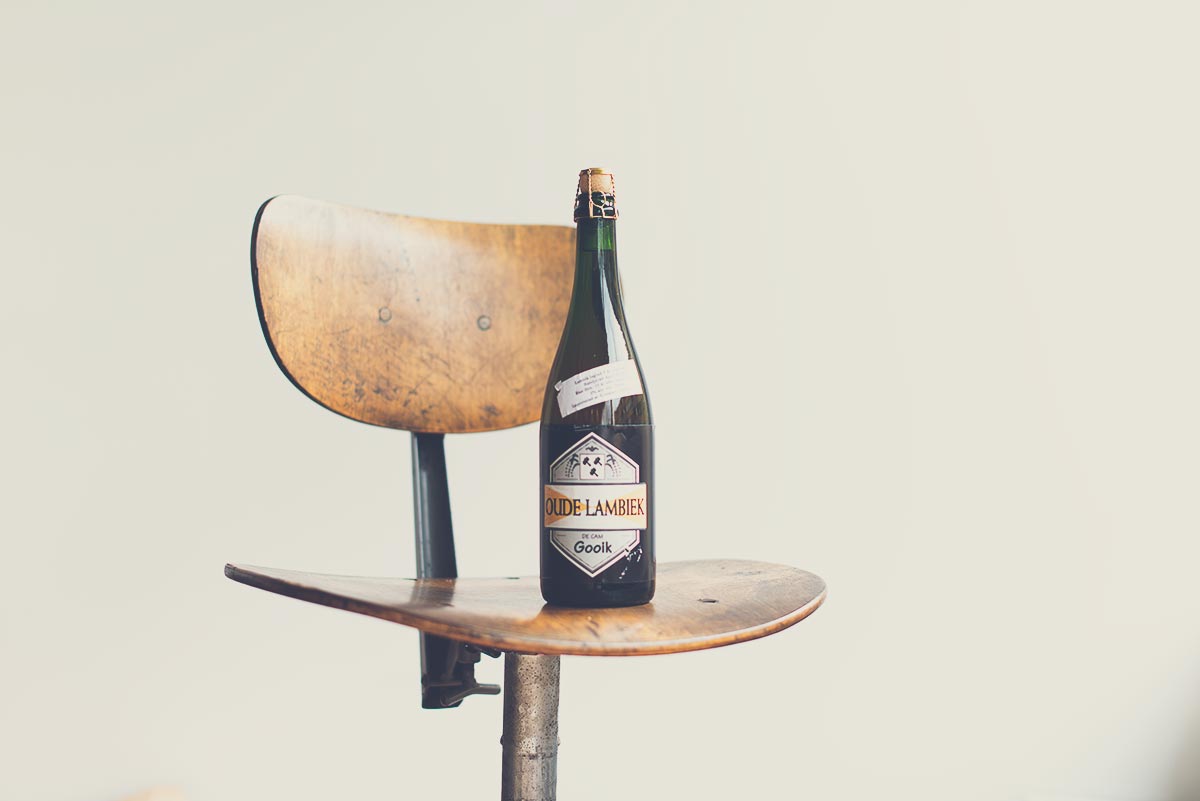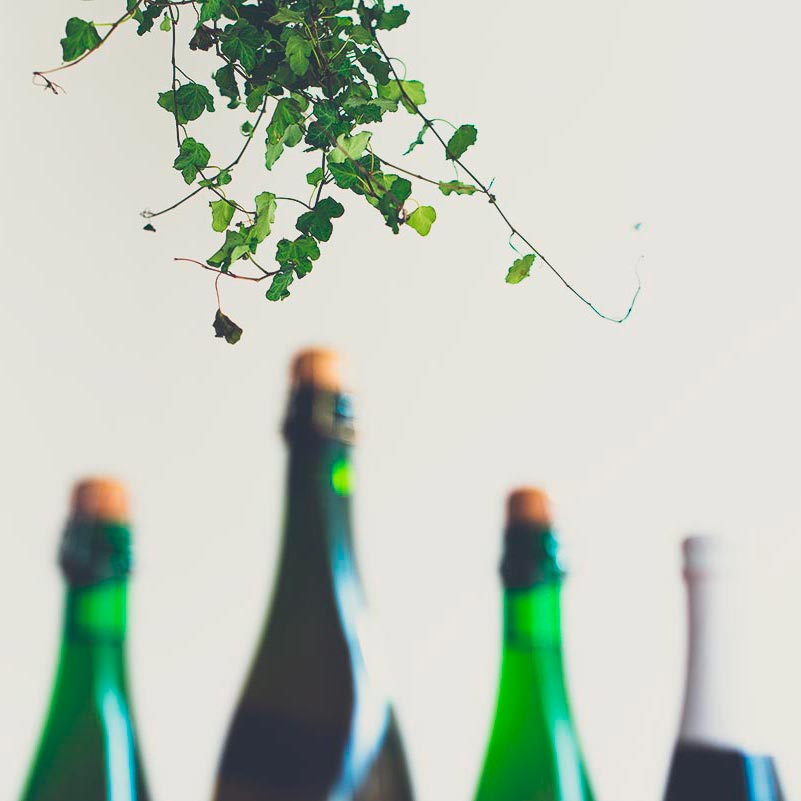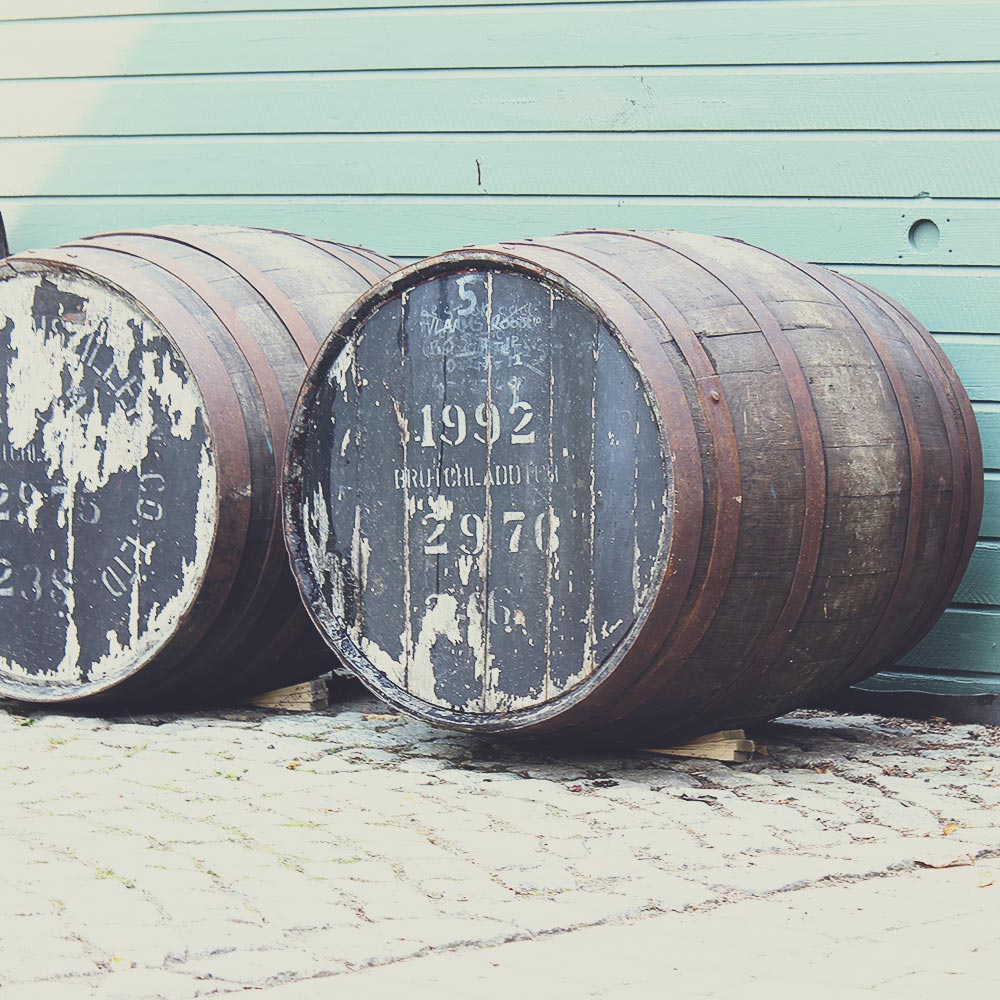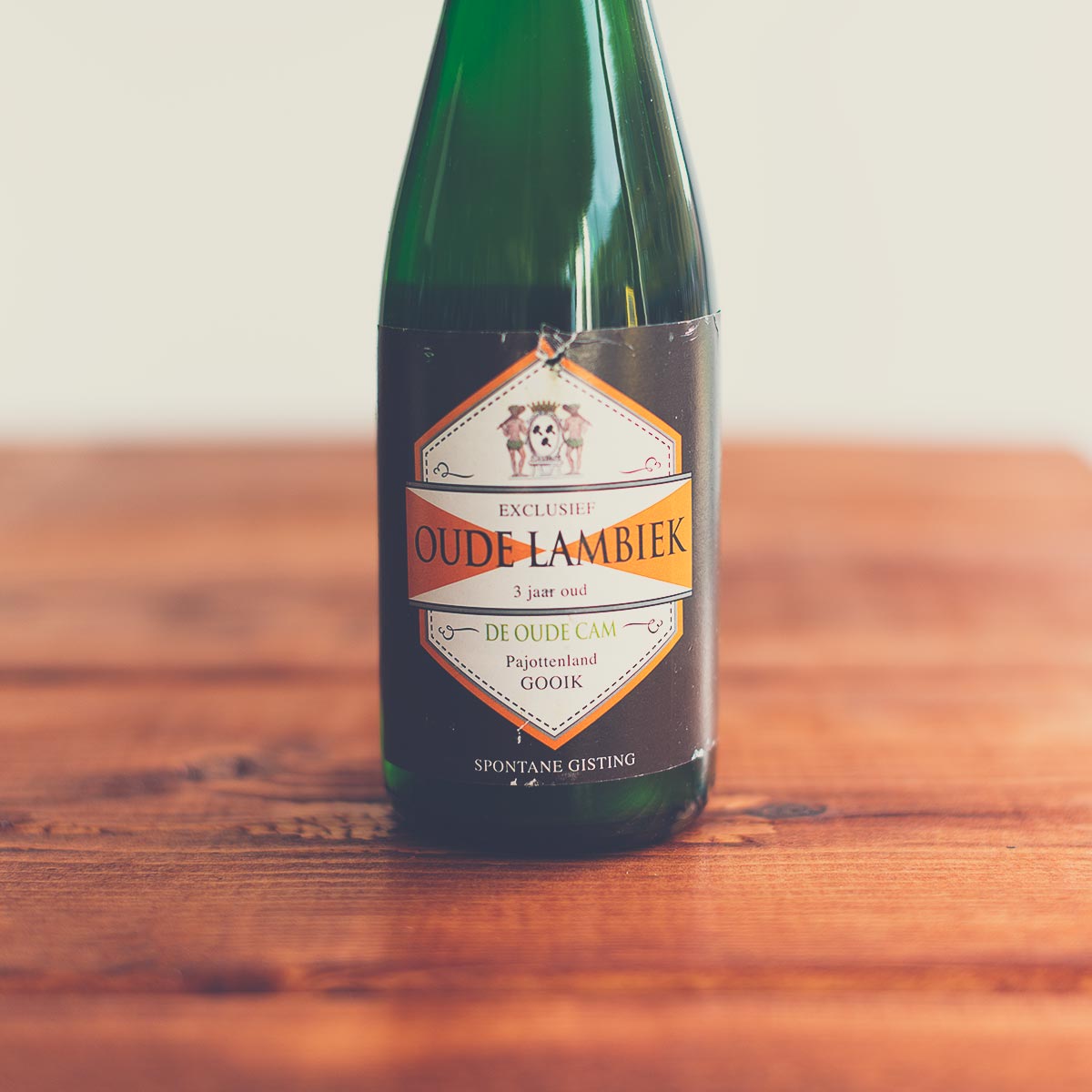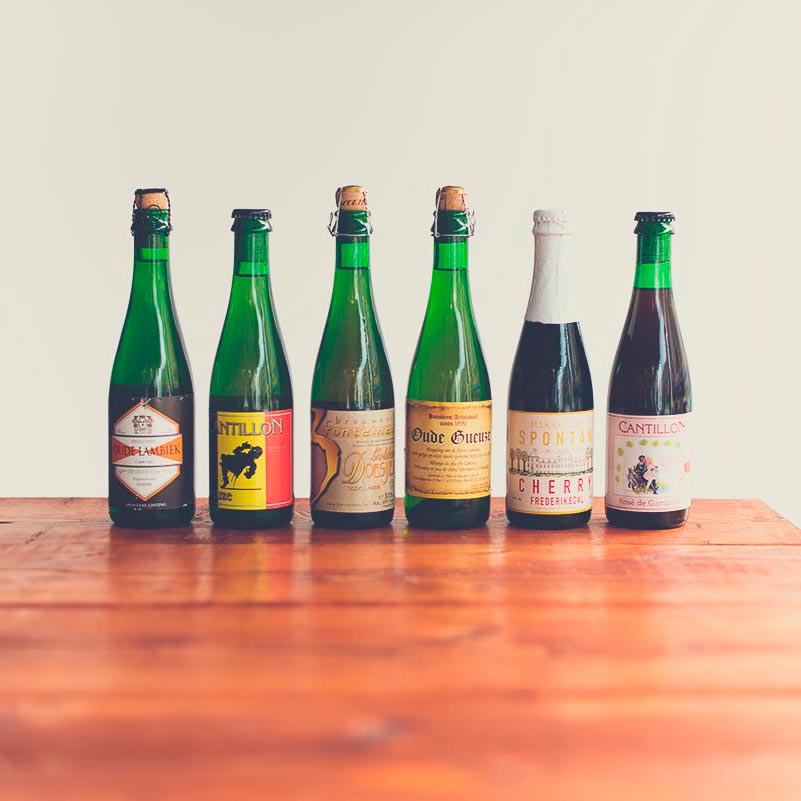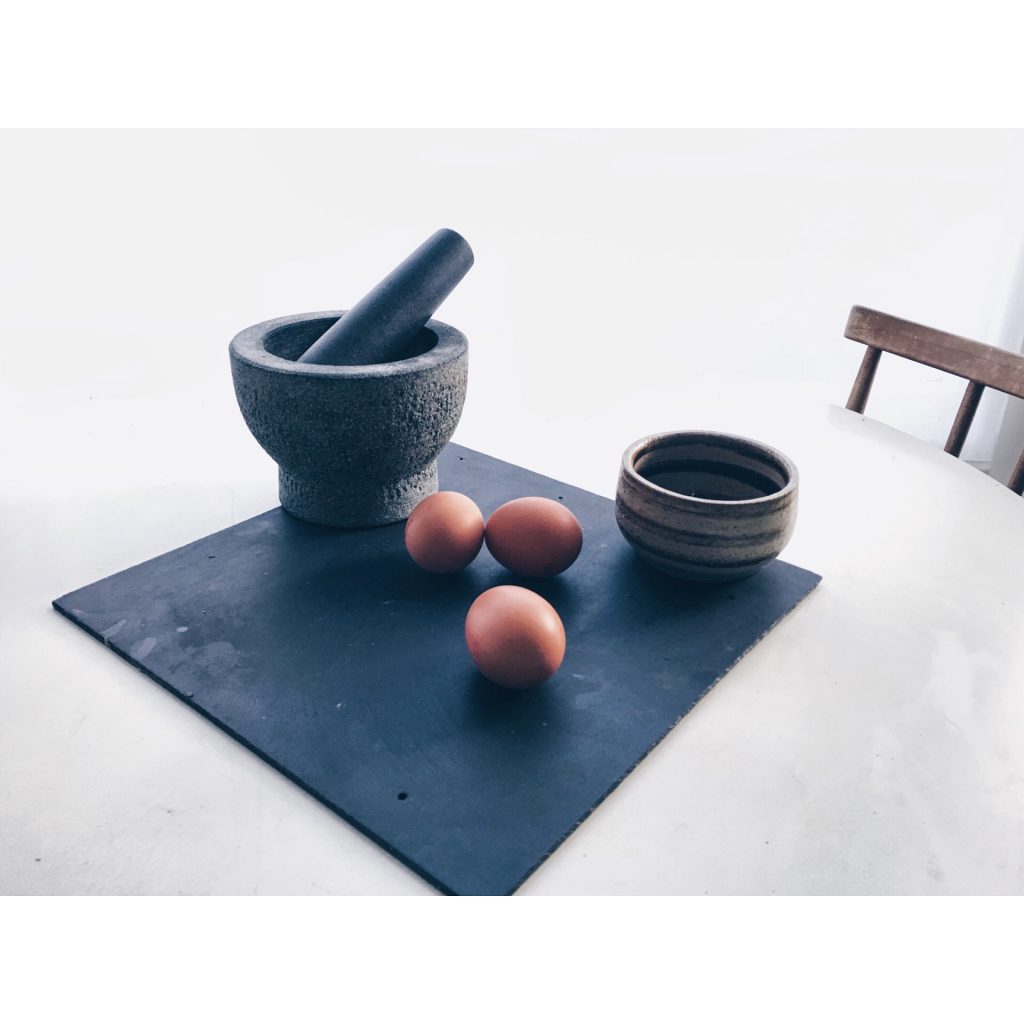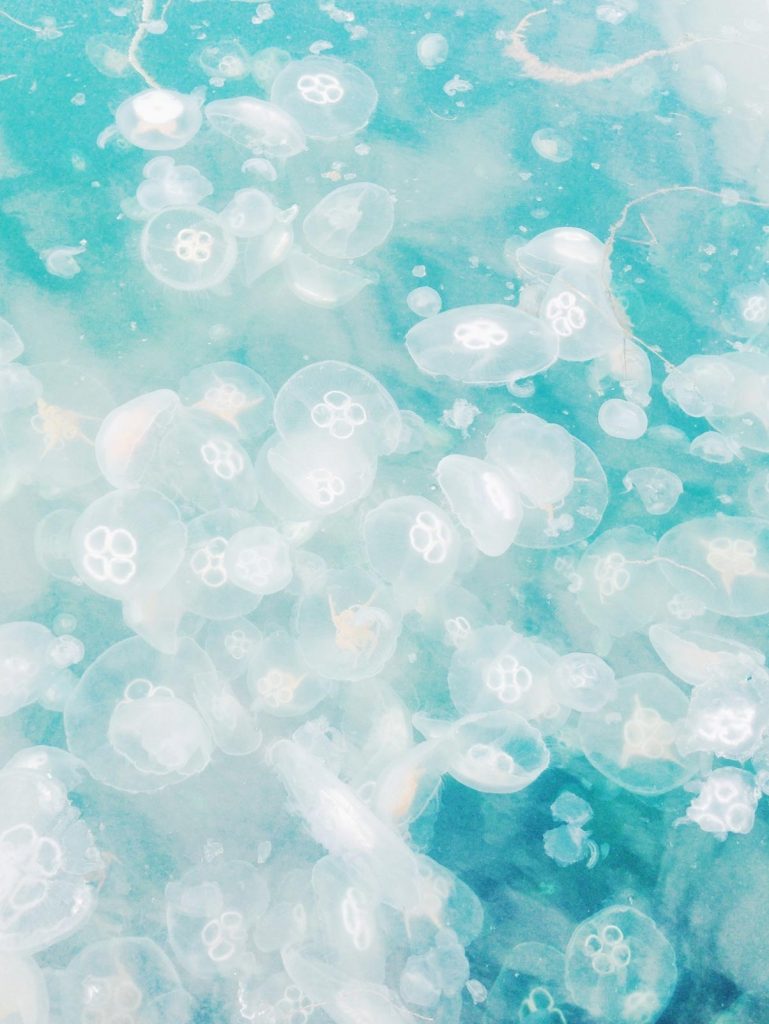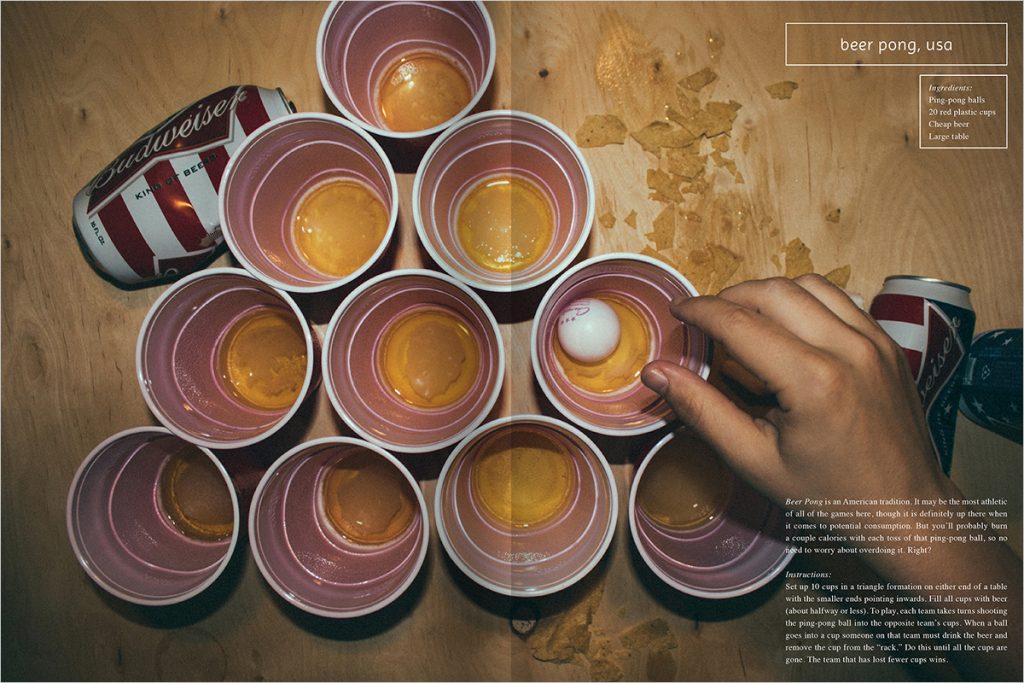In the world of craft beer bars, you’ll always find plenty of hoppy and extremely bitter ales with quirky names and colourful labels, but if you want to try something absolutely different, ask for a bottle of sour beer and let yourself be blown away.
Lambic and gueuze are types of Belgian beers, sometimes referred to as sour beers, which offer a flavour experience that make people giggle or pucker their faces on their first sip, and then leads them to wonder if they’re even drinking beer. So what do they taste like?
It can be quite hard to describe them because they have their own unique flavours. On the nose they can be quite peculiar, with aromas of cured meat, hay or horse manure, and vinegar, but also fresh and fruity or cider-like. They are mostly pleasantly sour or acidic yet they can also have a balancing sweetness, and they aren’t normally that carbonated. They sometimes have a salty or umami quality since they are often fermented on the same bacteria as salami and miso. Think funky citrus with immense depth. You may be asking yourself why anyone would drink that, but rest assured these beers are extremely refreshing, complex, and, quite frankly, a pleasure to drink. Just be ready for something a little different from that tawdry sock juice they serve in the local pub.
How is it made?
The trick is that many of these beers are spontaneously fermented with wild yeasts and bacteria that loiter around the brewery. Perhaps from the walls, gardens, orchards, or oak barrels of the immediate vicinity. Normal beer is fermented by brewer’s yeast, which is simply added to the other ingredients. Sour beer brewers allow wild yeast strains from the air to find and feed on open vats of wort (the stuff that will become beer) that sit in the brewery like a free for all yeast feast. The focus is shifted away from hops and instead the wild yeasts and bacteria that ferment the beers steal the show.
For example, Swedish sour beer producers, Brekeriet Brewery, say that although all the ingredients in their beer are important, the most important raw material for them is the wild yeast. They normally work with the cultivated wild yeast strain Brettanomyces, which originates from Belgium. Sometimes they let wild yeast from the Swedish air spontaneously ferment their beer by leaving it open near the ventilation system in the brewery, or they collect wild yeasts from local apple orchards that impart an incredible apple flavour to the beer. If a brewery is near an apple orchard and the beer is ferment spontaneously, chances are it is going to get hints of apple in it.
Another important element is the vintage oak barrels these beers are aged in, sometimes for up to three years. Some of the barrels are reconditioned from wineries and therefore impart another dimension to the beer. For example, the classic Brouwerij Boon of Belgium has a cask that was built in 1883 from oak trees that were already then 250 years old, making today’s beer age in trees that were just popping out of the soil when Blackbeard the pirate was born. Although this sounds romantic, the aging process represents one of the big challenges to brewers who want to make sour beer, both because of space constraints, but also because it takes so long before they can know if what they’ve made is drinkable. After they age the beer, they blend different ages together to achieve the profile they want. Younger more tart lambic is added to older, more subdued lambic to create what they call gueuze. Speaking of aging, these beers can be aged in the bottle for up to twenty years to develop more depth, much like a fine wine.
So, where should you start?
These beers are not that easy to find, so your best bet is to see what the local craft beer bar or shop carries. If you want to sound like you know your stuff, asking for Cantillon’s Gueuze 100% Lambic Bio will score you some geek points. It’s one of the most highly regarded geuezes out there. Otherwise ask for any traditional spontaneously fermented beer. Just make sure you get one without added sugar. Some nice ones are Boon Gueuze Mariage Parfait, Hanssens Oude Gueuze, Oude Gueuze Tilquin à l’Ancienne, De Cam Oude Lambiek, or anything from Cantillon.
All of these suggestions are for beers made in Belgium, which is where this brewing method originated, but luckily many small breweries around the world are starting to spontaneously ferment their beers too, so if you’re lucky there may be a delicious local sour beer you can try. If you want to be really pedantic though, don’t call it ‘sour beer’ as many people do – the process and the taste are far more complicated to sum it up with just one word!
